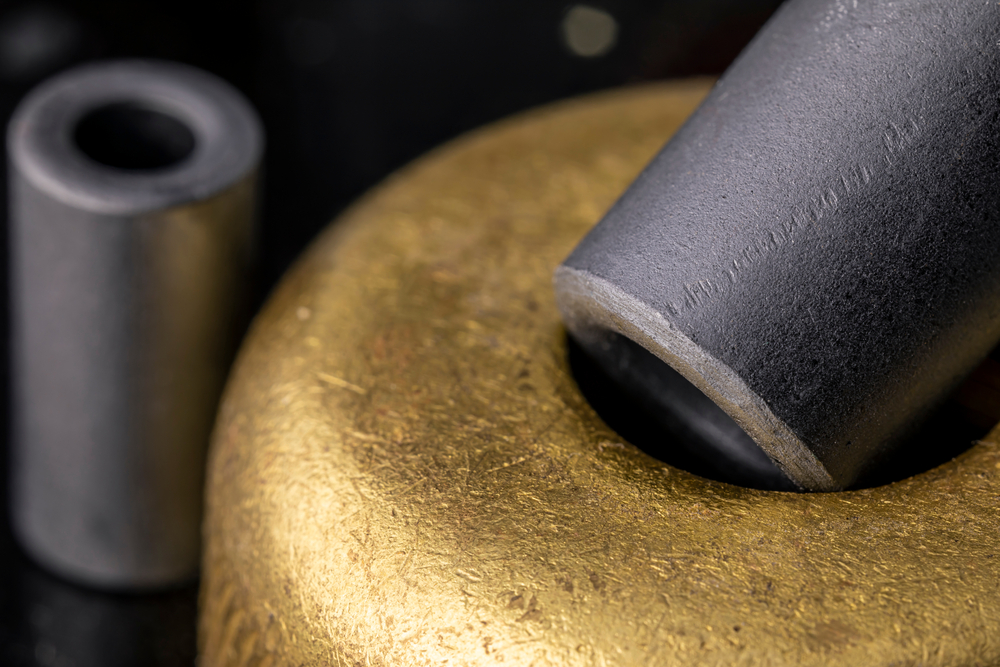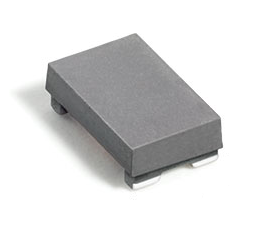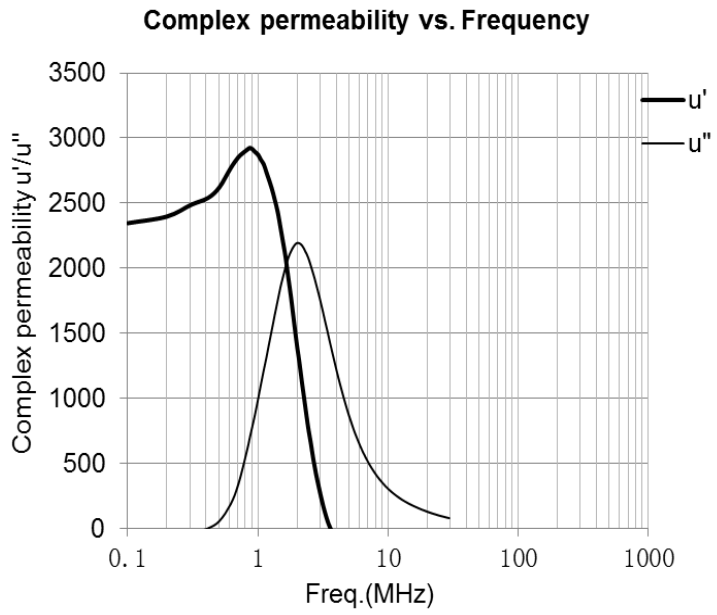How to Use Ferrite Beads, Chips, Cores, and Plates

Mention the word ferrite around some circuit designers, and the mind probably jumps to “ferrite bead”. These components are usually put into a design with a simple intent: block everything except for DC current. Very simply, ferrite beads, no matter their form factor, are intended to be a simple low-pass circuit. But what about other types of ferrites? How does their electrical functionality compare to a simple ferrite bead?
There are several types of ferrites to consider using in your design. While they all obey the same laws of physics, they can provide different functions in your design depending on their form factor and placement. In particular, there are some problems an alternative ferrite can solve that can’t be approached with a ferrite bead.
Different Ferrites, Different Applications
Start looking at some component manufacturer websites, and you’ll find some mixed terminology around ferrite beads. Some companies will use the correct name of a product when describing ferrites, while other product guides will just call everything a ferrite bead. Then there are ferrite plates, which are not provided by every ferrite bead manufacturer. Some EMI guidelines will also refer to the blanket “ferrite bead” when stating which component is your magic EMI solution, and typically without stating how or where to put the component.
The point of using a ferrite is to take advantage of the high magnetic susceptibility of ferrimagnetic materials to suppress noise and radiation. These materials have a high μ value in the standard inductance equation. When used as inductors, the high μ value is what gives you a large inductance for a physically small package. To break through all the confusion, let’s look at each of these ferrite options to see which is the best option for your system.
Ferrite Core
This is the most common reference to a ferrite bead you’ll find on forums, in guides, and elsewhere. We often do a bad job of differentiating this from an inductor, board-mounted ferrite chip bead, and common-mode choke for reasons we’ll see momentarily. Some ferrite manufacturers will call this a ferrite choke or ferrite clamp rather than a ferrite core, and it gets confusing because some manufacturers will interchangeably use these terms for something else (either common-mode or differential-mode chokes, or chip ferrites). Be mindful of this when considering the use of toroidal ferrites for clamping power cords, and when looking at products on a manufacturer’s website.
No matter the term used to refer to this component, it is intended to be placed on a power cord coming into the system with the idea of suppressing conducted common-mode noise coming from the grid. You’ll sometimes see this as a toroidal core wrapping around the output cord from your DC power plug. If you’re reading this on your laptop, there’s probably a ferrite core on the power cord.
Chip Ferrites
These components are basically meant to be inductors with a ferrite core in a small SMD package with standardized land pattern. These are also often called “chip ferrite beads”, so there is an important distinction with a standard ferrite core found on a power cord. The point of these components is to provide high inductance in a physically small package, much smaller than what you would see for a typical air-core inductor coil.

Chip ferrites can also come packaged as low-profile chip components that provide common-mode or differential-mode noise filtering. Cutoff frequencies for these components can reach hundreds of MHz. It’s important to note that the impedance values will be different for differential-mode noise vs. common-mode noise. For example, take a look at the impedance curve for a chip ferrite bead below. The common-mode impedance shows the typical behavior of a single-ended inductor, but the differential-mode component still has high impedance, limiting the use of this type of component as a differential-mode filter unless you’re worried about filtering up to ~GHz frequencies.

Ferrite Plates
These components are literally plates or disks of a ferrimagnetic material, and they are placed in an enclosure near an offending component. A common application is in power electronics to counteract switching noise without adding a filter circuit to a layout. These materials can provide shielding against inductively coupled noise originating from a high dI/dt source, such as you would get in a high current switching power regulator. They also provide suppression of radiated EMI, acting as a standard shielding material. However, make sure to check the value of μ vs. frequency for these materials to determine shielding effectiveness.

Common-mode Chokes
Most often referred to as a pair of coupled inductors, these components include a cylindrical ferrite core with a wound wire to provide either common-mode noise filtering, although reversing the winding on one of these components will provide differential mode filtering. These components can be used with other reactive components to provide mixed-mode filtering at 2nd order and higher. A typical circuit that provides common-mode and differential-mode noise filtering with 12 dB/octave rolloff is shown below.

Summary
The point of using ferrite beads is sometimes poorly communicated, although it’s generally agreed that the point is to suppress EMI. In reality, ferrite beads are not a cure-all for every EMI problem, and in some cases placing them in a circuit will create a new EMI problem due to the bandpass behavior of real ferrite beads. Suppressing EMI is more complex than just placing a ferrite bead on a power cord or on the power lead of an IC, as Kella Knack describes in a recent article. Typically, you will need more than one solution that targets different frequency ranges, but only after you’ve followed some best layout practices for low EMI.
If you find that you do need to place a ferrite bead, core, plate, or SMD ferrite on your PCB, use the CAD tools in Altium Designer® to place and route components in your PCB layout. When you need to compare the effectiveness of your system with and without ferrites on the board, you can use the EDB Exporter extension to import a design into Ansys field solvers and perform a range of SI/PI simulations. When you’ve finished your design, and you want to release files to your manufacturer, the Altium 365™ platform makes it easy to collaborate and share your projects.
We have only scratched the surface of what’s possible with Altium Designer on Altium 365. Start your free trial of Altium Designer + Altium 365 today.
